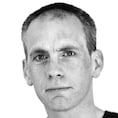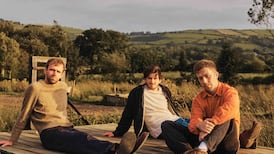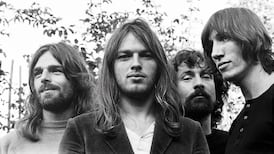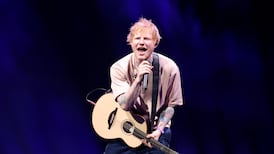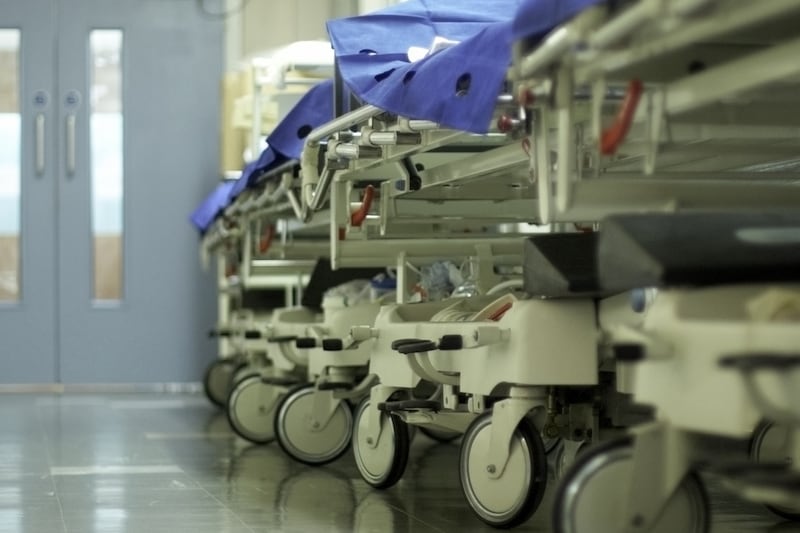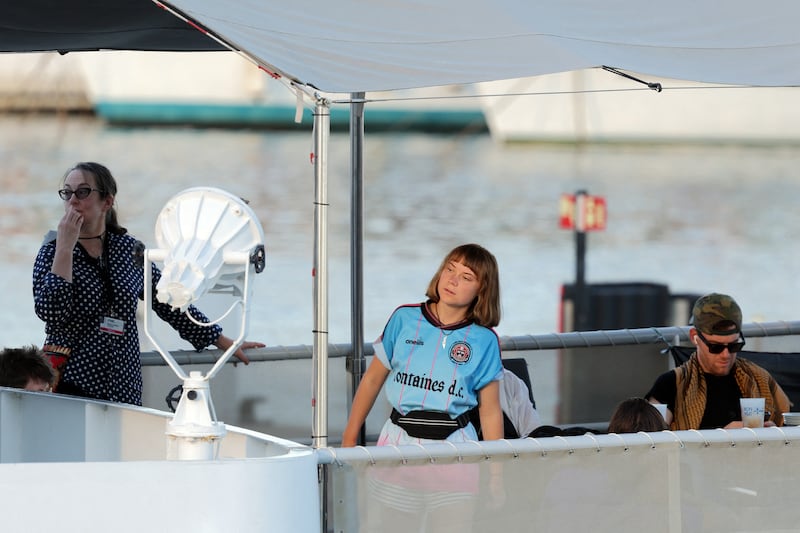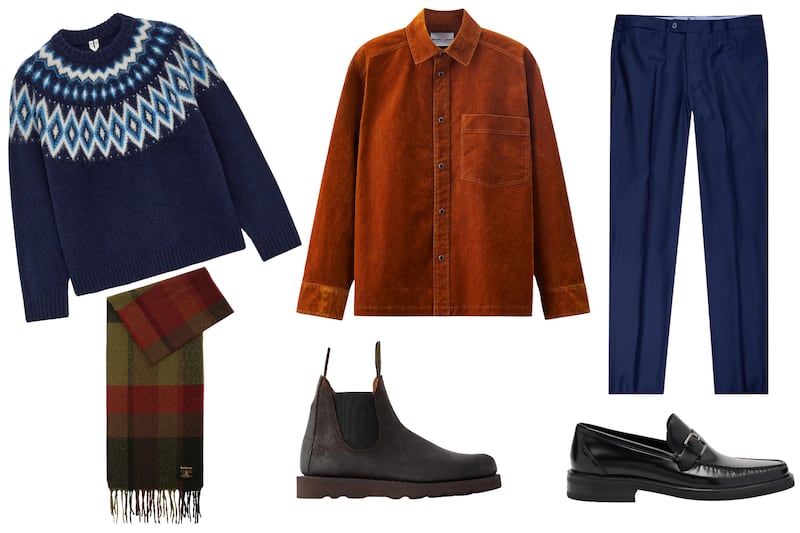When songwriter and experimental musician Elaine Howley released her dark, dreamy album, The Distance Between Heart and Mouth, two years ago, she faced an existential question: to stream or not to stream? “It is an uncomfortable truth, but I think the way Spotify is at the moment, people feel beholden to them. What else do we do? How else do people hear our music?” says Howley, from rural Tipperary but closely associated with Cork’s flourishing avant-garde scene.
The problem, as has been frequently pointed out, is that we have been trained to think of music as something that should be instantly available – and at a negligible price. Howley has concerns, too, about investments with which Spotify is associated (she doesn’t bring it up specifically, but there is unease among some artists regarding founder and chief executive Daniel Ek’s $100 million backing of a Munich-headquartered AI arms manufacturer).
“The vast majority of people want that instant access. Bandcamp has that ability,” continues Howley, referring to the independent website where customers can stream or purchase music.
“But perhaps the streaming platform isn’t as big. When I was [releasing the album] it was, ‘let’s put it everywhere’. A lot of people have listened to my stuff on Bandcamp: that’s definitely my platform of choice. I try not to, as much as I can make, share Spotify stuff or overly platform them. Maybe I’m waiting for the movement where musicians will unite.”
READ MORE
If artists are reluctant to reject big streamers such as Spotify, they are taking a stand in other ways. Howley is proud many of those doing so are Irish. She mentions the recent campaign, led by Irish musicians such as Lankum and CMAT, against Barclays’ sponsorship of music festivals in the UK because of the bank’s links to defence companies supplying Israel.
“The musicians have been amazing. The same with Irish bands at South By South West [Irish musicians boycotted the festival in Texas because it was sponsored by the US military]. People are great to take a stand. That has real impact on musicians – they are taking a hit. I hope that momentum grows and spreads. There is work to be done in [Spotify’s] investments as well.”
Howley is speaking in advance of a performance at the National Concert Hall, Dublin, on Sunday July 21st, where she will collaborate with composer Irene Buckley and contemporary music group Crash Ensemble on an ambitious reinterpretation of her work. Much of the set will be based on The Distance Between Heart and Mouth – a record that has quietly become a phenomenon since its release in August 2022.
Up to that point in her career, Howley was best known as part of psychedelic five-piece The Altered Hours. The band, which remains a going concern, has won a loyal following with its spiky post-punk and My Bloody Valentine-style drone pop. To her ongoing surprise, though, Heart and Mouth’s eerie ballads and dreamlike musical collages have attracted an even broader audience.
That response was partly fuelled by positive reviews: influential music website Pitchfork praised the record’s “dusky charm” and compared it to a “dream half sketched upon waking”. Howley was later spotlit in a Bandcamp article about the Cork music scene, which heralded the LP’s “layering of pop, ambient, and sound art”. However, the success is in large part viral: week by week, stream by stream, like a ripple slowly widening, this gorgeously unsettling collection has seeped out into the world.
“It’s definitely been my experience that people are [still] encountering and hearing it for the first time or getting in touch. It’s nice that there are many layers to the way music can find its way,” she says, mentioning the experimental musician Arthur Russell, whose work continues to draw new fans each year. “It’s nice to know that it doesn’t have to be instant. Sometimes we find our favourite albums 30 years after it’s been released. Or maybe a label will reissue something or something is rediscovered.”
When Cork musicians do have opportunities to tour or travel or work with labels, people are very happy to do that
Music has always worked this way to an extent. But recently, there have been several prominent examples of songs and records finding their audience over time – for instance, Taylor Swift’s Cruel Summer, which became a hit four years after its release, or Heat Waves by Glass Animals, which crept to the top of the US charts over a period of months.
“Or the new Hozier song, which is so good [and which built its audience slowly],” says Howley, referring to the Wicklow singer’s number one, Too Sweet. “I’ve heard people say – and this isn’t necessarily the experience with my album – they might sit with a song for quite a long time until they feel it’s the right time. I heard PJ Harvey interviewed recently and she said there were songs now she might not have played in 15 years and suddenly it’s the right time again.”
Howley is looking forward to putting a classical twist on her music at the NCH. She will be drawing on the entire sweep of her musical experiences – from her song-based solo work to her avant-garde projects Crevice, Howlbux and Morning Veils.
“The main body will be songs from the album. There are a couple of new ones. There will be one or two looser things that give people room to explore and experiment – they [Crash Ensemble] are into that and I love that, too.”
Howley grew up in rural Tipperary close to the Limerick border and lives today in Dripsey, a village with a population of 380 some 20 kilometres west of Cork city. But despite her rustic base she is closely associated with the city’s music scene and its emergence in the past several years as a cradle of boundary-pushing music.
I used to see things a little more compartmentalised. And now maybe less so. I find so far things have woven well
Cork has, in particular, built a reputation as a big centre for improvised performance – where a piece is composed spontaneously before a live audience. “Elsewhere considered a more academic type of music-making, improvised music is in Cork a form of punk,” Bandcamp wrote last year, characterising the scene in Cork as “a way into music accessible to anyone willing to jump onstage and give it a go”.
“There is a reverberation from certain schools of thought and certain musicians. In a sense, it’s probably geographical. [But] it’s as much philosophical,” says Howley, who name-checks the Improvised Music Club, a semi-regular gathering of musicians in record stores and art spaces across the city, and Vicky Langan, an artist working in sound, performance and film.
Cork music is often contrasted to Dublin, the idea being the latter is more of an “industry” town. The cliche is that, in Dublin, people will do anything to get ahead, whereas musicians in Cork believe in art for art’s sake.
“There is certainly an element of experimentation in Dublin as well,” says Howley. Cork’s reputation for going its own way is often down to circumstances, she believes. “Sometimes that’s not necessarily choice. That’s the way it is. When Cork musicians do have opportunities to tour or travel or work with labels, people are very happy to do that as well. It’s probably less centralised here. I don’t think people don’t want that [success]. Certainly the industry is naturally more centralised in the capital. When publications or people who have that reach want to engage with Cork, people are up for it. They want to get out there.”
In the past she fretted that “going solo” would detract from The Altered Hours. To her delight, the opposite has proved true. The acclaim received by The Distance Between Heart and Mouth has served as a gateway, introducing new listeners to her band.
“I used to see things a little more compartmentalised. And now maybe less so. I find, so far, things have woven well. We are working on new music now for The Altered Hours. When I do one thing I look forward to doing another. It’s similar with this Crash project. To bring the songs to another realm – percussion, clarinets and violin – it’s stimulating. That’s what keeps everything interesting for me.”
Elaine Howley and Crash Ensemble play The Studio at the National Concert Hall, Sunday July 21 at 5.30pm
Crash Ensemble at the National Concert Hall in July
E and Crash Ensemble, July 20th, 5.30pm
Yoruba-Irish sound and visual artist “E” collaborates with cellist and artistic director Kate Ellis and the rest of Crash Ensemble.
Rachel Lavelle and Crash Ensemble, July 20th, 8.30pm
Introspective indie songwriter Lavelle performs material from her acclaimed album, Big Dream, with Ellis and her new music collective.
Mohammad Syfkhan and Crash Ensemble, July 21st, 8.30pm
Syfkhan, an Irish based Kurdish/Syrian singer and Bouzouki player will enter a musical conversation with Crash Ensemble

